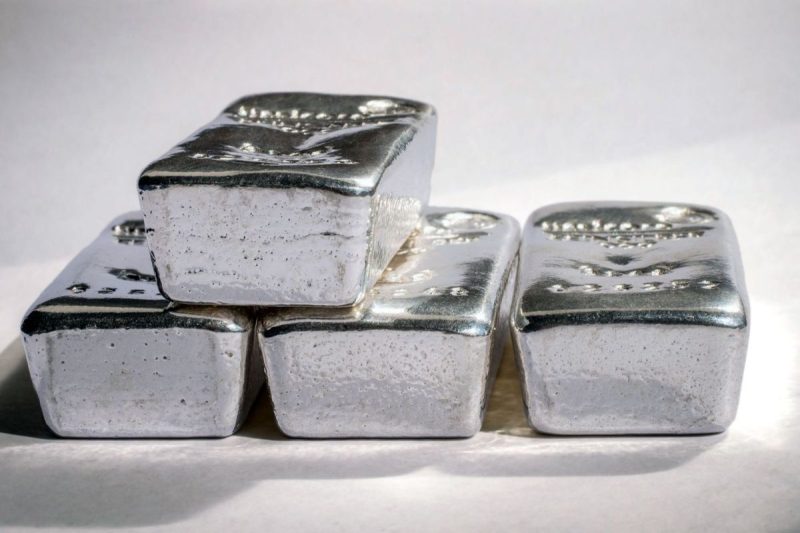The first half of 2024 was a period of substantial ups and downs for the palladium market, with significant fluctuations in price and demand. Palladium, a lustrous silver-white metal widely used in the auto industry for catalytic converters, experienced a rollercoaster ride in the first six months of the year.
At the beginning of 2024, palladium prices started on a high note, fueled by a combination of supply chain disruptions and geopolitical tensions. These factors led to concerns about potential shortages in the market, driving up prices to near-record levels. The ongoing tensions between major palladium producers and political uncertainties further added to the volatility in the market.
As the year progressed, the pendulum swung in the opposite direction, with palladium prices experiencing a sharp decline in the second quarter. This sudden shift was primarily attributed to easing supply chain disruptions and a slowdown in global economic growth. The auto industry, a major consumer of palladium, also faced challenges due to fluctuations in demand and production disruptions.
Furthermore, the market dynamics were influenced by changing regulatory landscapes, particularly in the automotive sector. The push towards electric vehicles and stricter emissions standards posed a threat to the future demand for palladium in catalytic converters. This factor added an additional layer of uncertainty to the market, contributing to the price fluctuations observed in the first half of 2024.
Despite the challenges faced by the palladium market in the first six months of the year, there were also some positive developments. The renewable energy sector showed increasing interest in palladium for use in fuel cells, presenting a potential avenue for future demand growth. Additionally, advancements in recycling technologies offered a promising solution to mitigate the impact of supply constraints on the market.
Looking ahead, the outlook for palladium remains uncertain, with a delicate balance between supply, demand, and external factors. The ongoing geopolitical tensions, regulatory changes, and evolving market dynamics will continue to influence the trajectory of palladium prices in the latter half of 2024. Stakeholders in the palladium market will need to closely monitor these developments and adapt their strategies to navigate the challenging environment.
In conclusion, the first half of 2024 reflected the volatility and complexity inherent in the palladium market. With a mix of challenges and opportunities on the horizon, the future direction of palladium prices will depend on how various factors unfold in the coming months. Adaptability and resilience will be key for industry participants as they navigate the evolving landscape of the palladium market.
